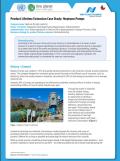
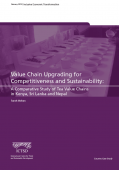
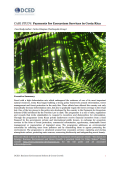


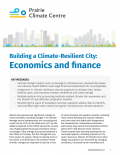
Alberta has experienced significant changes in recent decades, including changes in its climate. Average annual temperatures are increasing and could rise by 2.0°C by the 2030s and 4.0°C by the 2060s (compared to the 1990s) should the current rate of global greenhouse gas emissions remain unchanged. Total average annual precipitation...

When five per cent of milk fails to meet standards, you have a problem with milk. When 50 percent does not meet standards, you have a problem with standards. In developing countries, perishable food is mostly sold in informal markets and often does not meet national food safety standards. Government...

Our decreasing forest landscapes are under huge pressure to deliver local and global needs, from a village’s food and firewood to mitigating climate change. With demand unlikely to fall, the key issue is how we extract what we need. Governments are faced with two contrasting business models: the profit-maximising, often...
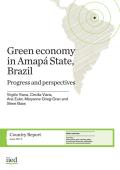
This report discusses the opportunities presented by the Amapá State government’s intention to make the transition to a green economy. It explores initial progress in green policy and activity, and associated dynamics in the political economy, and lays out a broad but feasible set of sectoral and cross-sectoral policy options...
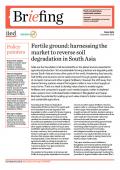
Soils are the foundation of all terrestrial life on the planet and are essential for agricultural production. Yet unsustainable farming practices are degrading soils across South Asia and many other parts of the world, threatening food security.
Soil fertility and structure can be vastly improved through greater applications of compost...
